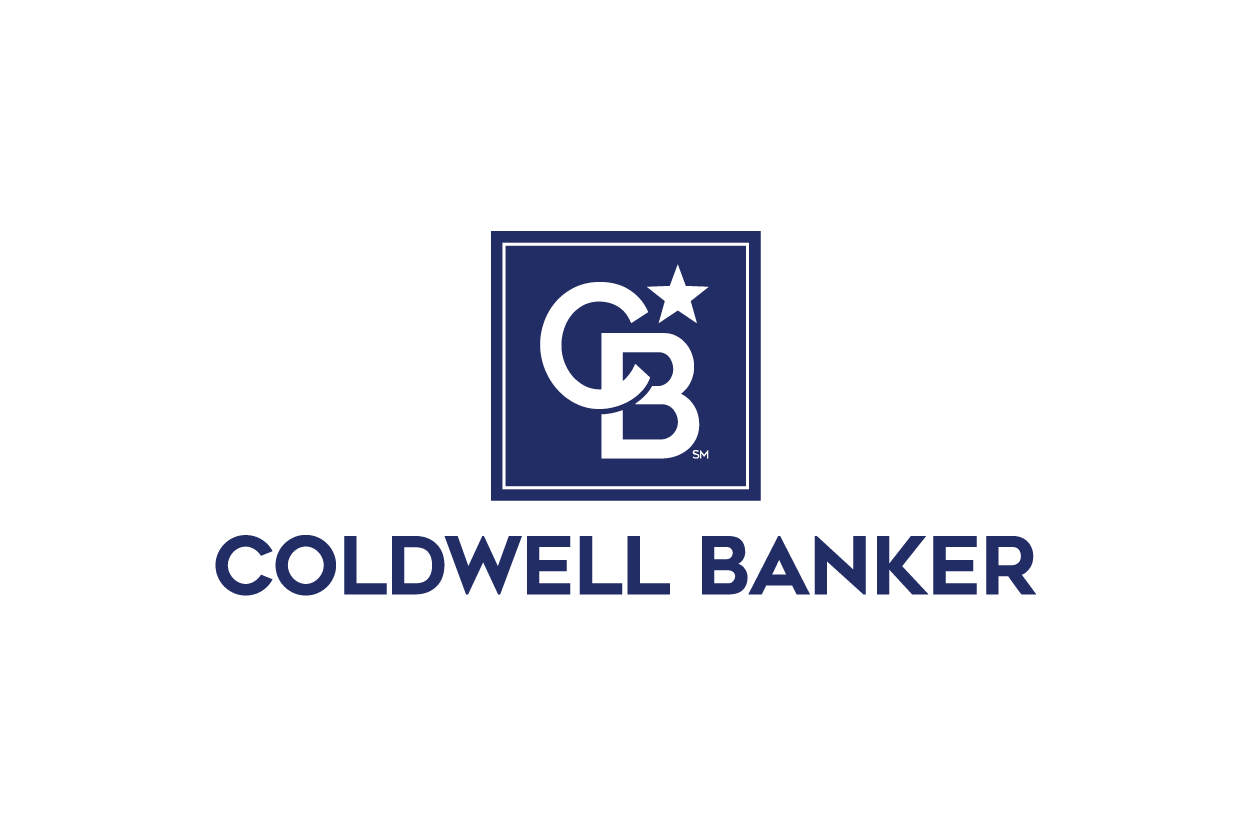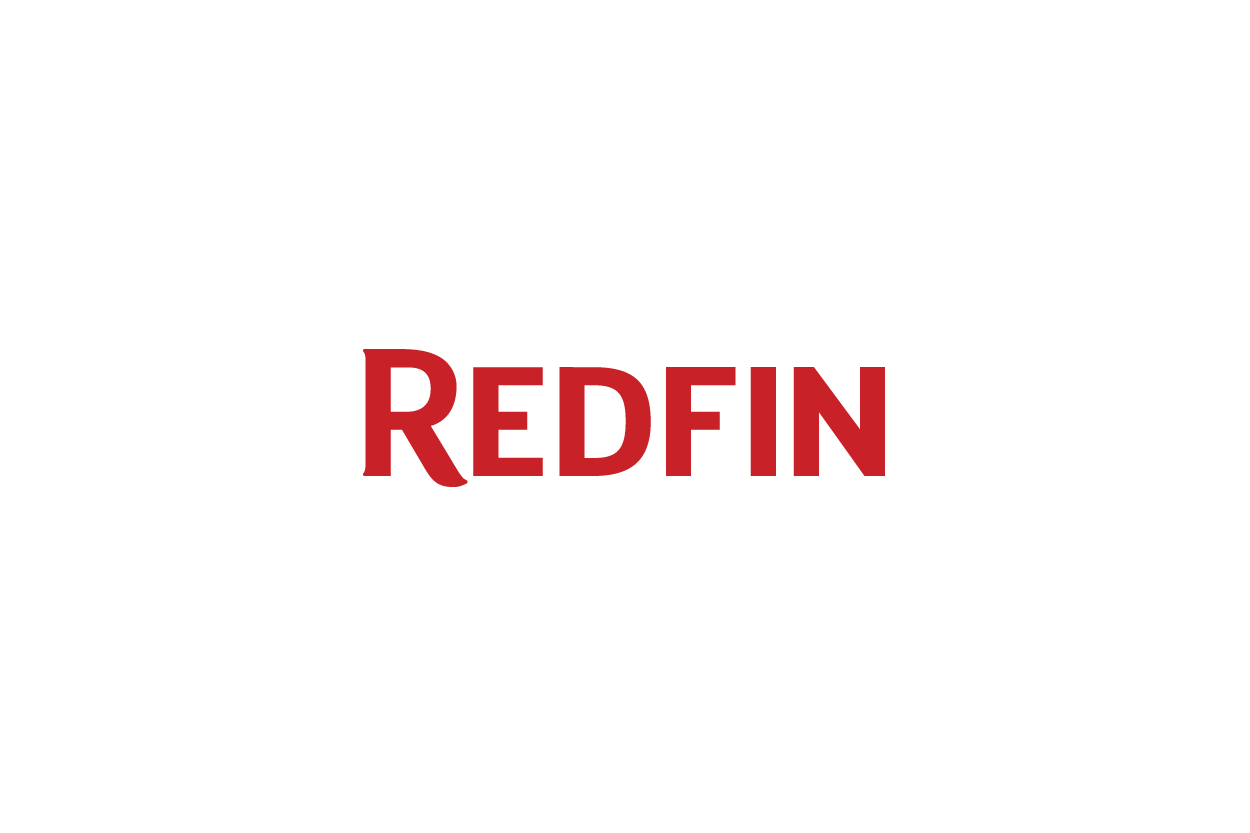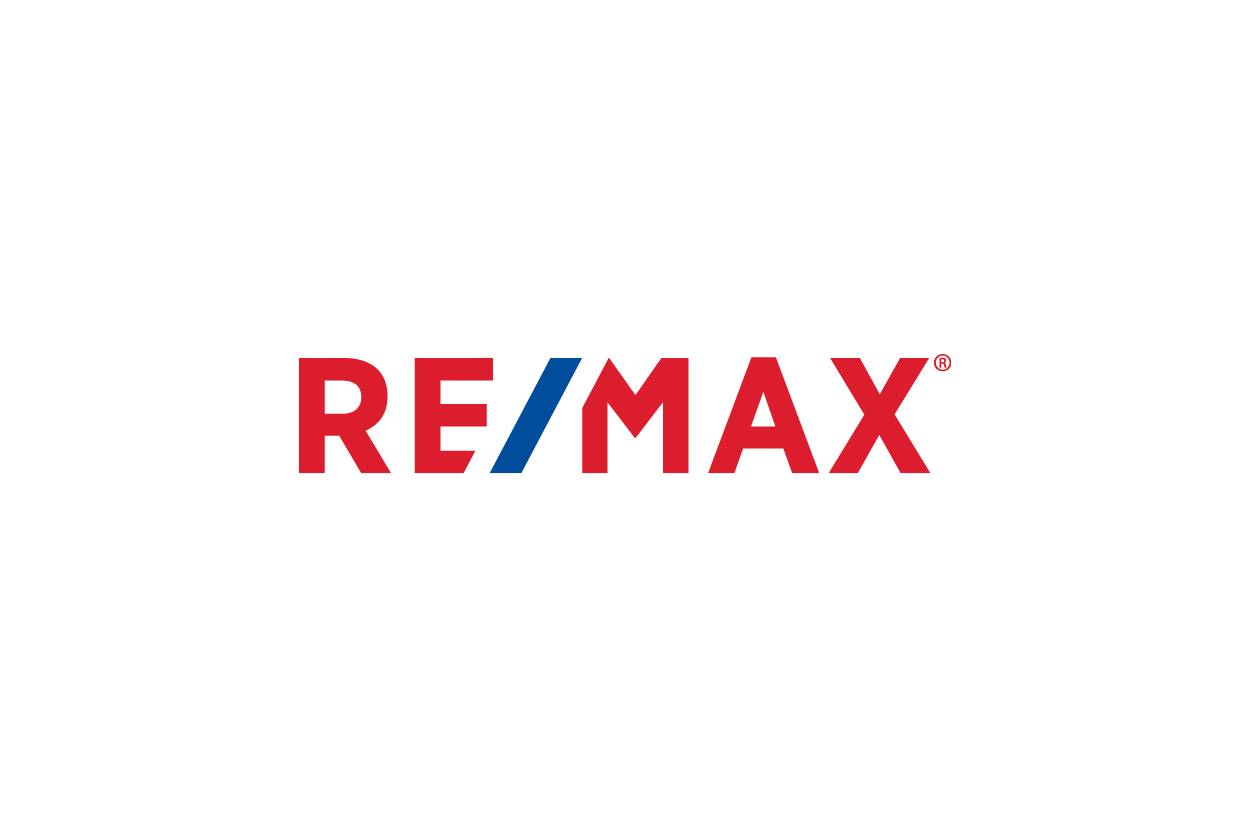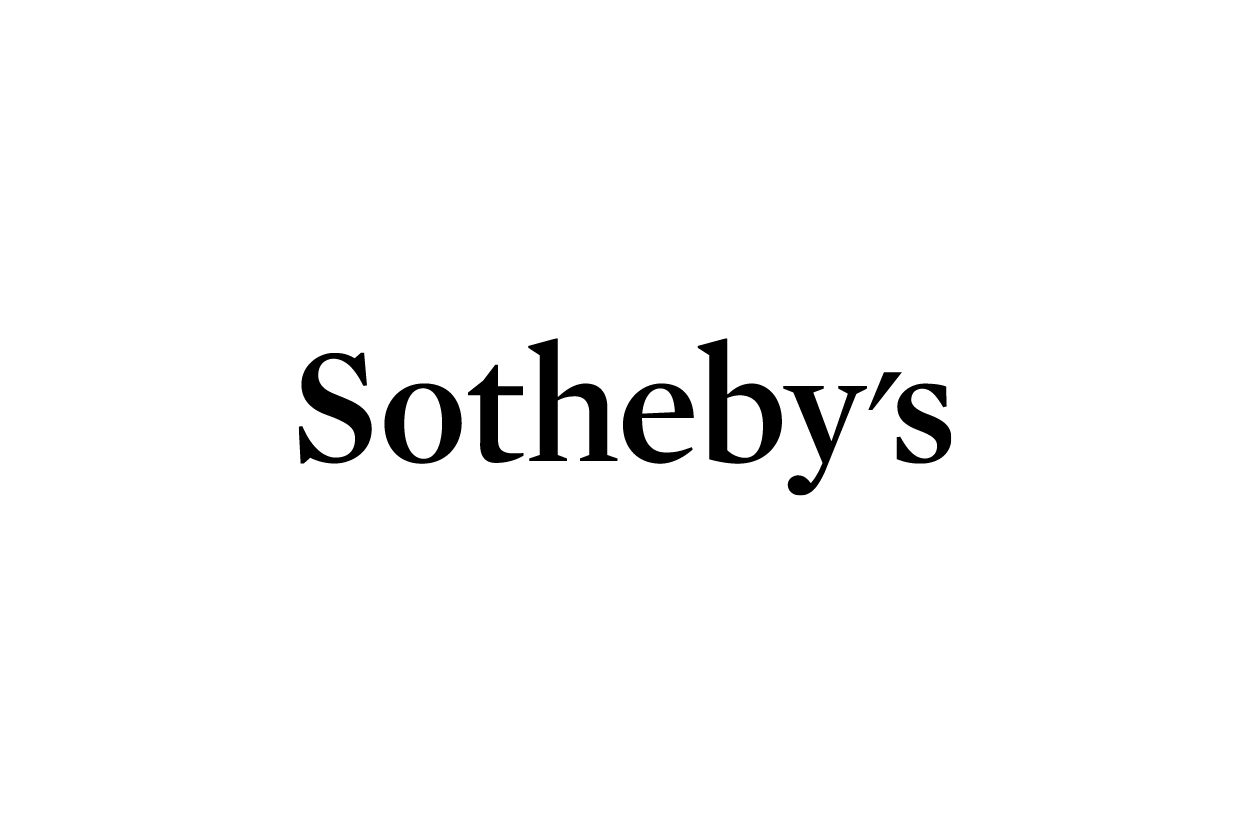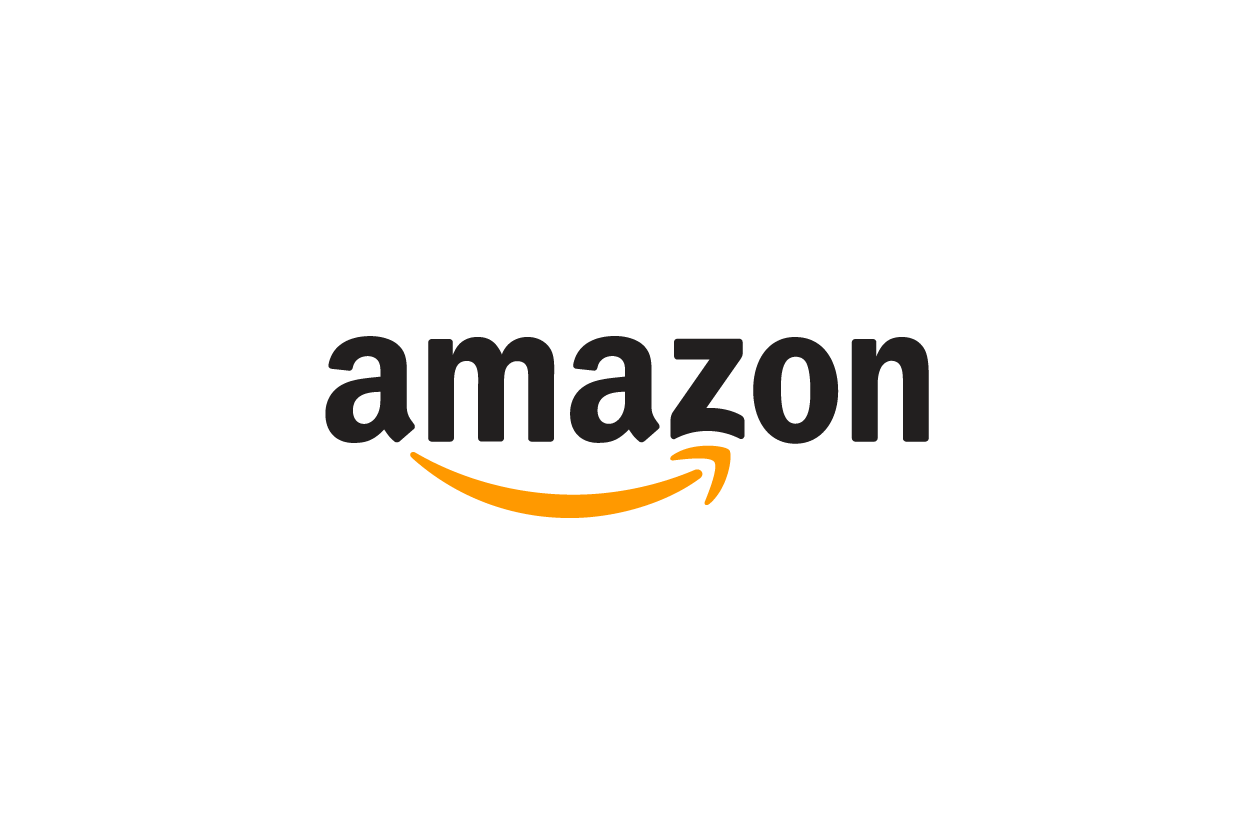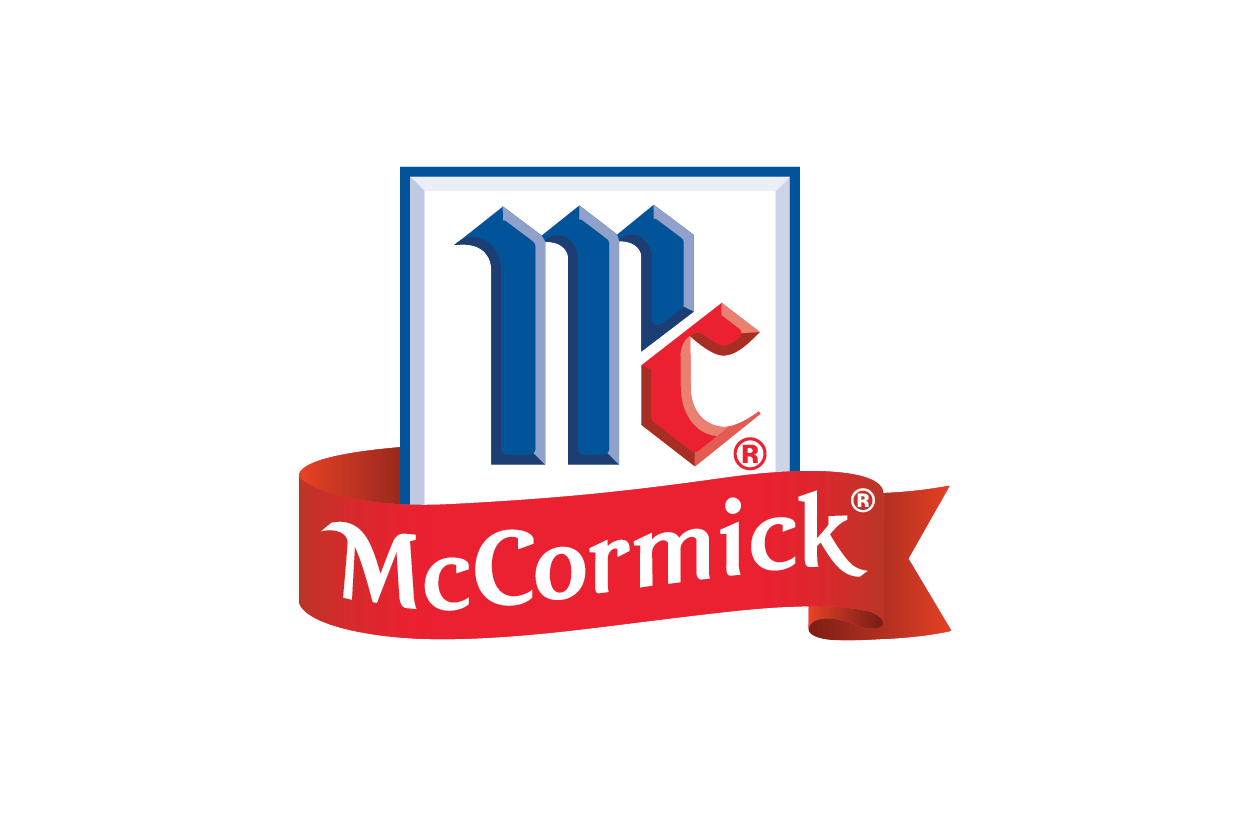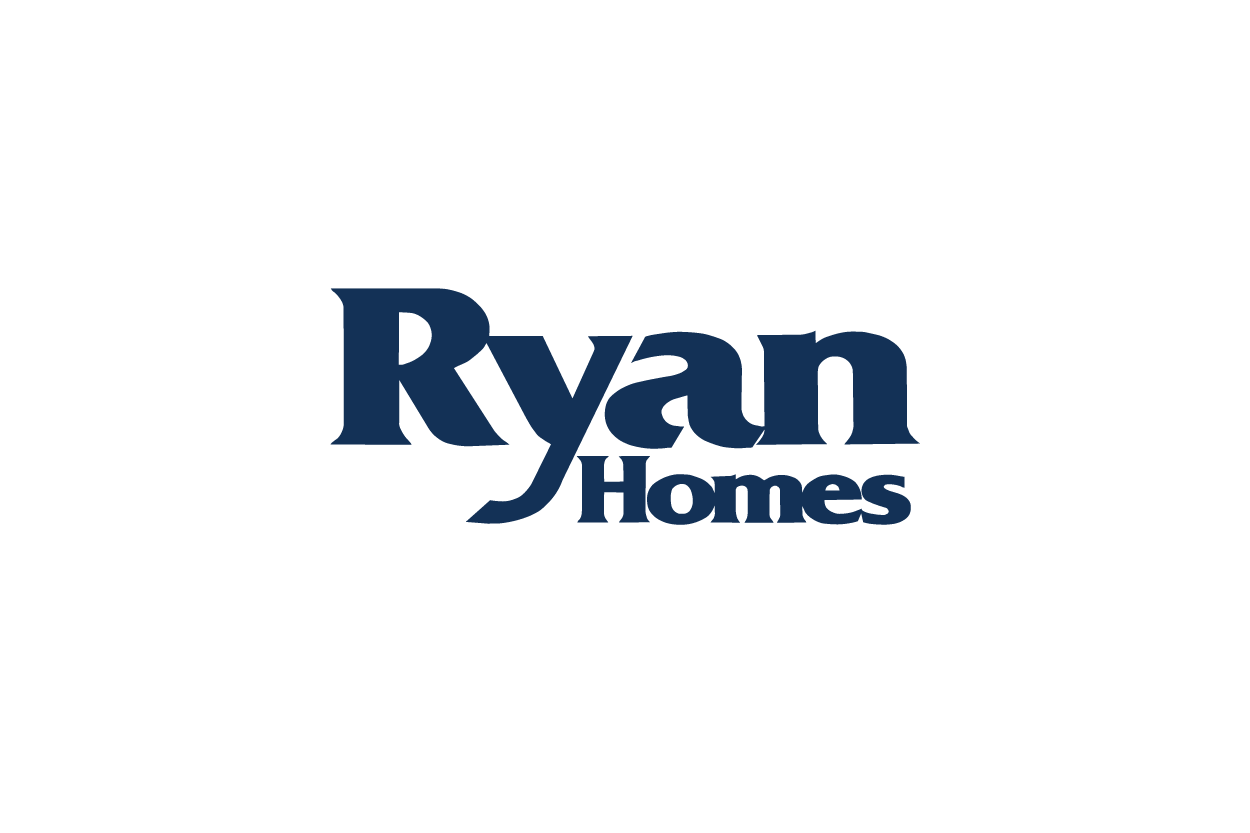Meet Victor Coll, a seasoned expert in the art of in-bound content marketing. With a proven track record in crafting winning content strategies, Victor excels in attracting and engaging audiences organically. His proficiency extends to optimizing content for maximum impact, resulting in increased brand visibility and audience retention. Victor's dedication to the art of in-bound content marketing has helped businesses achieve remarkable growth. Join him as he shares invaluable insights and strategies to empower your content marketing efforts and drive meaningful connections with your target audience.
FIRST TIME CUSTOMERS GET 20% OFF ANY PHOTO SHOOT INCLUDING MATTERPORT 3D TOURS

Annapolis 20% off Discount City Page
We will get back to you as soon as possible.
Please try again later.
Like a glacier, COVID-19 is carving its way across the country and around the world, reshaping the landscape as it goes and leaving behind a new way of life. The world of real estate is not immune. It happens every so often, you know. Something comes along that redirects the course of history. We are in the midst of one such event. Like the citizens of the world a hundred years ago during another pandemic – or a depression, or a world war – we are experiencing a seismic shift in what we have known to be normal.
So, what are businesses doing to remain alive and relevant through the coronavirus pandemic and beyond? What kinds of strategies can real estate agents take advantage of when in-person transactions are fewer and further between? And, maybe most importantly, what are some underlying principles that can lead to a successful real estate marketing model in the days to come?
A metamorphosis of sorts
For nearly a year, agents have adapted to the coronavirus out of necessity. Shutdowns and stay-at-home orders have all but eliminated face-to-face interactions. At least that has been the case for long stretches of time. And with COVID-19 and its variants still making rounds (and vaccines slow to follow), many buyers and sellers are reluctant to go back to business as usual.
So, meetings with clients have gone virtual with tools like Zoom and Google Meet. Showings have gone virtual too, with 3D home tours becoming an almost expected offering. What a difference a matter of months can make.
Emerging marketing trends were already in motion even before coronavirus became a household word. The uptick in out of town buyers and the preference of many young (and not-so-young) clients for digital media has been driving the industry toward online and digital solutions for years. The same is true for other technologies. Drone photography, HDR imaging, and even virtual staging. Each solution was making its mark on real estate prior to the health crisis. So were social media and video marketing. It’s just that the pandemic made these strategies necessary for survival.
But not everything now is new. Interestingly, tried and true “old school” marketing strategies, like photography and real estate videos, are as relevant today as ever. Take print advertisements. Certainly they have a place in today’s marketing mix – even in a digital world, especially in a world of people who are staying at home. Print advertisements separate your message from a crowd of voices in a hyper-digitized world. More than that, they leave a lasting impression on your clients, provide a broader customer experience for the majority of customers who prefer the tactile sensation of printed paper, and are perceived as a more trustworthy source of information than online ads.
So perhaps, like the Monarch whose shape is altered to something altogether new and yet in essence is made up of the same stuff it started with, the metamorphosis of the real estate market is more about the principles that undergird our decisions and our strategies than they are about the specific tools we choose to use.
Stories from other industries
Every industry has its challenges navigating the changing landscape. Take commercial airlines for instance. With travel restrictions and advisories in place all over the world, passenger flights have been at their lowest level in decades. To make up the difference after cancelling ninety percent of their scheduled flights, some airlines have begun to offer cargo flights to transport groceries, medical supplies, and all of the extra shipments necessary while people are ordering goods online.
Hotels, too, are experiencing an unprecedented drop in bookings. One solution has been to give much-needed space to people who have been working remotely from home. For a reasonable price, remote workers can have access to a quiet room equipped with high-speed internet access for use as private office space. A “home-away-from-home office”.
Grocery stores, pet supply stores, auto parts stores, and just about any other type of stores you can think of are thinking outside the box. Or rather, outside the building. Restaurants offer take-out and outdoor dining complete with geodesic domes to maintain social distancing. Retailers are offering curbside pickup. Some stores have even “gone dark”; they shutter their indoor operation in favor of curbside-only service.
Whether it is a grocer who offers home delivery, a fitness company that has shifted to online workouts, or an office where all of the personnel check in from home each day, businesses have had to change how they operate in order to operate at all.
Real estate enhancement opportunities
When it comes to real estate marketing, you are likely aware of the tools available to you. Perhaps you have implemented some of these tools for your clients. Or maybe you have not taken the plunge on some of them. The changing topography of the industry is making it necessary to change and grow – or else grow irrelevant. Consider these opportunities that many agents have adopted:
Virtual tours. The first and probably the most obvious strategy is the use of 3D technology, such as the Matterport virtual showcase that offers a “digital twin” of any space, indoors or out, that buyers can visit on any device, on their own time, and in their own homes. Matterport is even compatible with virtual reality devices for an enhanced experience.
Enhanced photography. Not only is 3D imaging available, but today’s photography is captured with high-definition, High Dynamic Range (HDR) cameras and edited by experts. Add aerial or drone footage and twilight photography to the list of services that you offer to your clients.
Viral video. Real estate videos are not new. But new technology allows an agent to create meaningful videos that work with any budget. You can contract with a professional videographer for storyline or home tour videos on your higher end listings, or you can shoot relaxed “impromptu” testimonials and walk-throughs with your cell phone. Some agents have even found that their videos have gone viral.
Social media. Social media is rife with sensationalism these days. The pandemic has not helped in that regard. But you can also get a lot of miles from keeping in touch with your current client list and your previous customers via social media channels. It is also a great way to share your virtual tours, videos, and listing photographs.
Website design. The most likely place to house all of your marketing media – an “about me” page with a video introducing you as an agent, client testimonials, links to your listings, photos, tours, and more – is your business website.
Brand recognition. Running throughout all of your marketing efforts should be a clean and consistent business brand identity. That includes the look and feel of your communications. Color scheme, font choice, writing style, logo. These all are part of a professional business brand that communicates what your business is all about before you make your first personal introduction.
Email. Still the most widely used form of communication – and cost-effective at that – email reaches large numbers of people in the shortest amount of time. Send individualized open house invitations, new listing announcements, holiday greetings, and more through custom email blasts.
Direct mail. Whether postcards or brochures, direct mail remains relevant at a time when meeting face to face is not an option. Actually, it is said to outperform digital channels significantly.
Guiding principles
No matter what marketing strategies you choose to employ, new or old, they are really less-than-optimum if you do not have a cohesive set of principles to undergird their use. Why are you doing what you are doing? How is what you offer different than the agent down the street or around the corner? What makes you unique and how will you uniquely offer solutions for your clients? Where is your place in the market?
Here are a few concepts to consider. Creative approaches that businesses have taken to set themselves apart. When you read each one, ponder how you might come up with a creative use of the tools at your disposal for your clients.
Create your niche. One challenge you likely face is getting your message to stand out in a crowded market. E-commerce company Bonobos is among a number of businesses who, unable to compete with the likes of Amazon and eBay, have chosen to narrow their focus to a select group of customers. A target audience. A niche. They focus on getting one thing right: selling mens pants that fit. You might become the area expert in office, industrial, or medical spaces. Specialize in bankruptcies or short-term rentals. Conquer the neighborhood as the go-to agent for Air bnbs.
Customer experience. Bonobos also decided to excel at customer service; so did Warby Parker, the online discount eyewear retailer who have harnessed the power of story to connect with their customers and engage them in the buying experience. How might you engage in service to your clients in a way that ensures you are the only agent they think of when it is time to buy or sell a property – or tell their friends?
Create a community outreach campaign. TOMS has developed a rapport with their customers by making them feel good about buying shoes. Their strategy involves not only engaging their audience, but providing a positive social mission in which customers can participate. For every transaction, TOMS’ “One for One” campaign donates a good or service to underserved communities around the world. How might you develop a loyal customer base through community involvement and service?
Quality. Too many businesses are interested in little else than driving up sales and profits with little concern for their customers or their interests. And consumers are taking notice. ModCloth is a women’s vintage-style fashion retailer decided from its inception that their e-commerce store would be a social experience. Customers are involved at every step of the process: they actively engage through social media, ask past customers to model their products, and involve the community in product design voting campaigns. But underneath every effort is a focus on quality. Anything from photos, blog posts, and listings make shopping with them a fun and engaging experience.
Accessibility and authenticity. Providing a quality product is not always enough. You still have to find a way to convince customers that your service is worth its price. One way that apparel retailer Everlane did that is by creating products with radical transparency. They essentially reveal the entire manufacturing process behind their products and illuminate the true costs along the way. That way, consumers understand the quality and the costs attached to it. More and more, buyers and sellers are looking for agents who are accessible and authentic, who prioritize relationships over quick sales and look to the long haul rather than the one-and-done deal.
Now that COVID-19 has made its mark on the way business is done, many companies are looking to the future and sorting through how to proceed. Some of the changes we have seen will revert back to the way things were done in the past. In-person showings will once again ramp up, and open houses will likely go live, at least to some degree. But just as some businesses that have sent their employees to work from home during the pandemic will keep them there once restrictions have been lifted, and other businesses that have closed will remain forever closed, some COVID-related real estate practices may go on for a long time. They have been a necessity for now. They will prove to be a benefit for years to come.


Blog Right-Side Contact Form
We will get back to you as soon as possible.
Please try again later.
Real Estate Photography Blog Categories

Annapolis 20% off Discount City Page
We will get back to you as soon as possible.
Please try again later.

Annapolis 20% off Discount City Page
We will get back to you as soon as possible.
Please try again later.
All Rights Reserved | ©2024 Hometrack Real Estate Marketing | Powered By Victor Ivan Coll and Juno Digital Media. Privacy Policy




